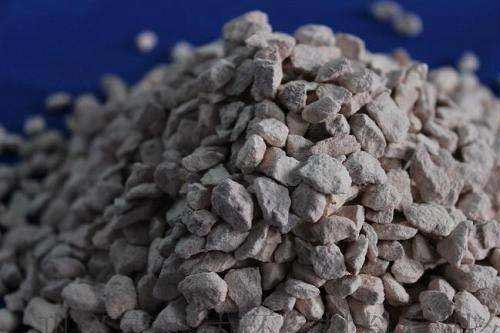
Honeycomb zeolite molecular sieve Brief introduction to the manufacturer: the difference between natural zeolite and activated zeolite
Zeolite is a tetrahedron composed of three elements silicon (Si), aluminum (Al) and oxygen 5261 (O), among which 4102 silicon oxygen tetrahedron and aluminum oxygen tetrahedron form a 1653 infinite three-dimensional space frame structure. The inside of zeolite is full of tiny holes and channels, which is much more complex than honeycomb. One cubic micron has 1 million holes.
1. Natural zeolite is an aluminosilicate mineral with a white or brick red appearance. It is a weak acid cation exchanger. After the active component is introduced manually, it has new ion exchange or adsorption capacity, and the adsorption capacity increases accordingly. It is mainly used for softening treatment of water used in small and medium-sized boilers to remove calcium and magnesium ions in water, so as to reduce the generation of scale in the boiler, reduce the corrosion of water measuring metal, and extend the service life of the boiler. In wastewater treatment, it can be used to remove phosphorus, lead and hexavalent chromium from water. The invalid zeolite can be reused after countercurrent regeneration of concentrated brine.
2. Activated zeolite (Activated zeolite is a natural zeolite activated by a variety of special processes, which is characterized by stronger adsorption and ion exchange properties than natural zeolite.)
It can not only remove turbidity, chroma and odor in water, but also has adsorption and exchange effect on harmful heavy metals in water, and is also conducive to removing various micro pollutants in water. The water extract does not contain toxic and harmful substances to human body, and the effect of removing iron and fluorine in water is more significant. Therefore, activated zeolite is a new ideal filter material for industrial water supply, wastewater treatment and tap water filtration. It has great specific surface area, strong adsorption capacity and ion exchange capacity, has adsorption and catalytic degradation capacity for organic pollutants in sewage, has strong adsorption and solidification capacity for heavy metals and other pollutants, and has good chemical stability in sewage without decomposition, deterioration and water pollution. It can effectively remove COD, BOD5, NH3-N, TP, suspended solids and other substances in the water. It can effectively remove heavy metals (cadmium, chromium, mercury, lead, arsenic, etc.) and radioactive substances in the water, with decolorization, deodorization and odor removal effects.
